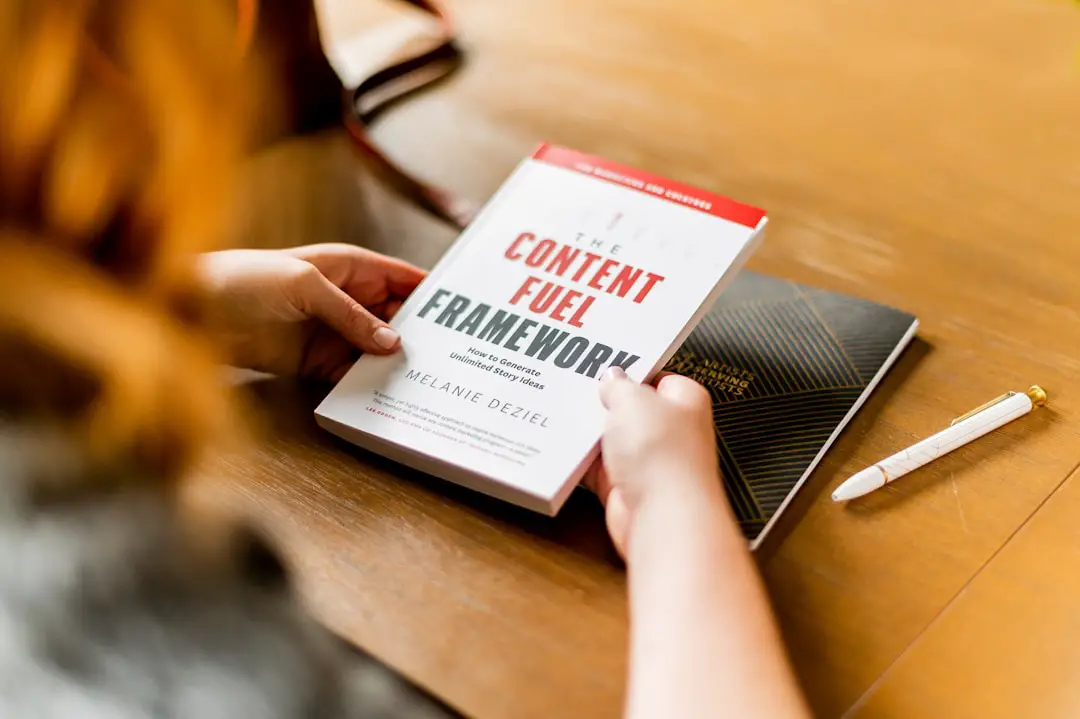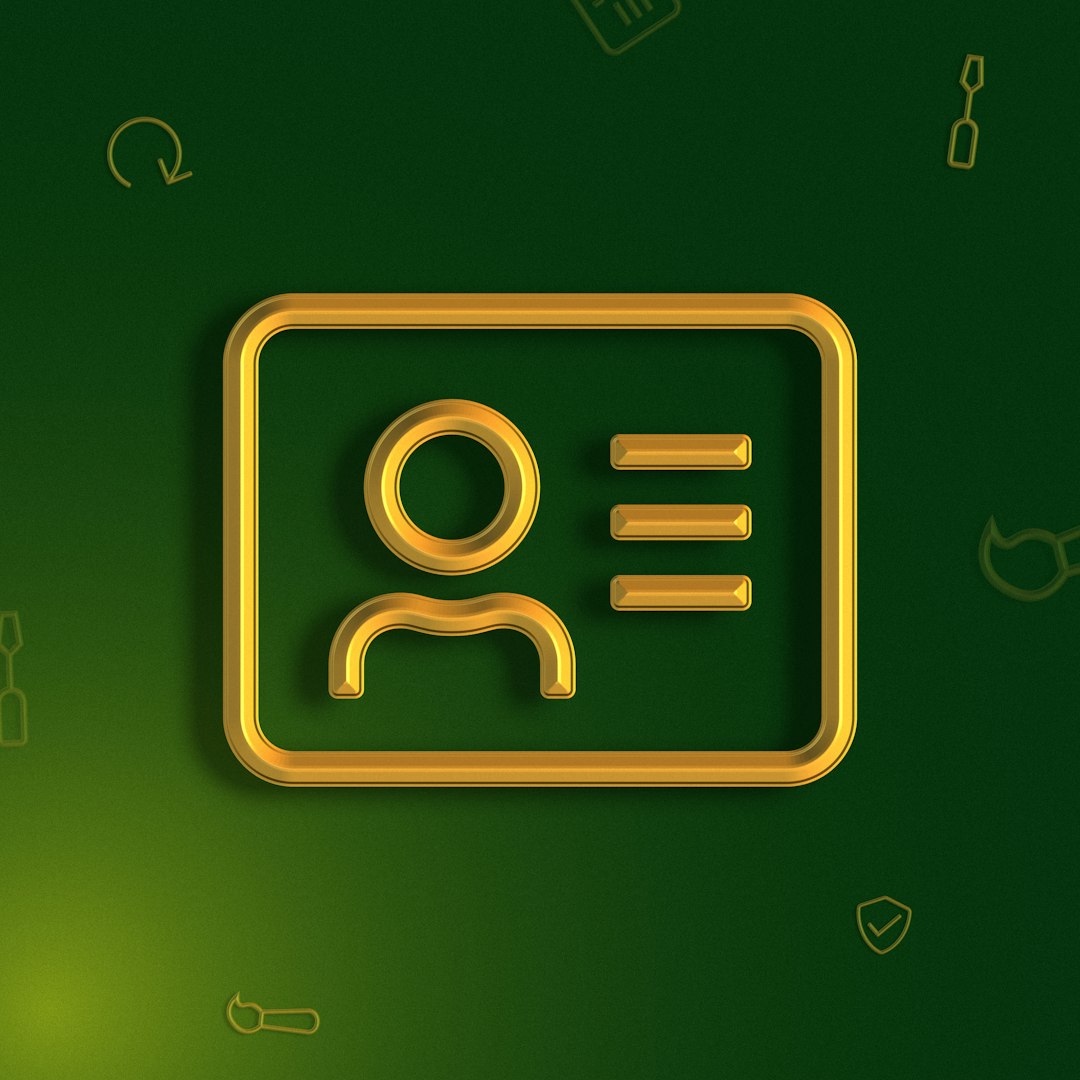In the rapidly expanding universe of digital content, driven in large part by advancements in artificial intelligence, the question of content quality—and more specifically, helpfulness—has taken on renewed urgency. With algorithms generating and curating millions of articles, blog posts, and user interactions daily, ensuring that the produced content serves a meaningful, accurate, and user-centered purpose is critical. This is where editorial quality assurance (QA) in the AI era steps onto the stage as both a watchdog and a guide.
What Does “Helpfulness” Really Mean?
Helpfulness is a somewhat fuzzy term—easy to understand intuitively, but challenging to define precisely. At its core, helpfulness refers to how well a piece of content meets the informational needs of its intended audience. But in practice, it involves a blend of attributes including:
- Relevance: Does the content actually address the user’s query or intent?
- Accuracy: Is the information correct and up-to-date?
- Clarity: Is the content easy to understand?
- Usability: Is the advice or information actionable and practical?
- Trustworthiness: Is the source credible? Are references provided?
These dimensions form the foundation of editorial quality standards, but in the AI era, we need more refined tools to assess and enforce them.
The Complicated Role of AI in Content Creation
Artificial intelligence, especially large language models (LLMs), now plays a substantial role in crafting content. AI can summarize, rewrite, or even originate long-form pieces with startling speed. However, because AI lacks context, judgment, and a human sense of nuance, the application of editorial QA becomes more critical than ever.
A language model may generate a grammatically correct and seemingly coherent article, but that doesn’t guarantee that it’s truthful, relevant, or helpful. Without robust QA processes, the risk of spreading misinformation, publishing low-value content, or misguiding users increases significantly.

Editorial QA in the Age of AI
Traditional editorial QA focuses on grammar, spelling, consistency, and style. But for AI-era content, the QA process must stretch far beyond that. Editorial teams must now employ a multi-layered, holistic approach to address unique risks and opportunities associated with AI-generated content.
1. Verification and Fact-checking
AI can present false or outdated information with supreme confidence. Therefore, any factual statements—statistics, historical data, product specs—must be independently verified by human editors or automated tools linked to authoritative sources.
2. Relevance to Search Intent
AI can misunderstand or overgeneralize the intent behind a topic. QA editors need to ensure that the content aligns tightly with user intent, especially for SEO-driven pieces. This includes checking that answers are complete, specific, and structured properly.
3. Unambiguous Language
Language clarity matters more than ever. AI-generated text can sometimes be verbose, ambiguous, or circular. Editors must scrutinize sentence structure and eliminate jargon while preserving technical accuracy.
4. Style and Voice Matching
For brands with a specific tone or voice, AI output usually needs adjustments. Editors should fine-tune phrasing to align with audience expectations, regional language variations, or brand identity.
5. Ethical and Inclusive Content
AI models inherit biases from their training datasets and can unintentionally introduce stereotypes or biased language. Content QA must include an ethicist’s eye—identifying potential biases and ensuring inclusivity in representations, pronouns, and examples.
Measuring Helpfulness: Scoring Systems and Tools
Given how nuanced helpfulness can be, measuring it demands a structured approach. Editorial teams are now turning to formal scoring matrices that define helpfulness across multiple axes. The most successful implementations combine human judgment with AI-assisted metrics.
Here’s an example framework used by some editorial QA teams:
- Fact Accuracy: Scored 1–5 based on source verification
- Completeness: Does it fully answer the implied questions?
- Readability: Based on Flesch Reading Ease or other readability indexes
- Engagement Value: Is the content interesting enough to keep users scrolling?
- Alignment with Intent: Scored based on keyword fit and topic coverage
Each attribute can be weighed depending on the content’s purpose—for example, accuracy may be paramount for medical content, while engagement may be weighted more for blog articles.

AI-Assisted QA Tools: Partner or Paradox?
Ironically, AI is also being used to fix what AI creates. Newer QA tools can automatically detect factual inconsistencies, suggest tone adjustments, and even grade content readability or SEO alignment. Some emerging platforms use reinforcement learning, where editorial feedback helps the AI improve over time.
But the limitations must be acknowledged. Content evaluation still requires human context, empathy, and originality—qualities that AI currently lacks. As powerful as AI tools are, human oversight remains indispensable.
Building an AI-Friendly Editorial Workflow
If AI content is here to stay, then editorial workflows must evolve to accommodate it. Here are a few strategies to build a scalable and efficient workflow:
- Step 1: Intake and Categorization – Tag everything by topic, target persona, and source (AI vs human).
- Step 2: Automated Pre-QA – Use AI tools to scan for grammar, duplication, basic SEO, and missing info.
- Step 3: Human QA – Editorial reviewers analyze for tone, intent, trustworthiness, and helpfulness.
- Step 4: Scoring and Reporting – Document a score for each content piece and store for further analysis.
- Step 5: Feedback Loop – Send findings back into training datasets or AI prompt refinements.
By segmenting responsibilities and automating repetitive checks, the content pipeline becomes more agile without sacrificing quality.
The Future of Helpfulness: Challenges and Opportunities
As AI continues to improve, measuring helpfulness may become more precise. Imagine AI tools that can emulate a user’s journey to determine whether a piece of content answers their query, resolves their issue, or leads to additional action. This could revolutionize QA processes—but it raises ethical concerns around privacy and user profiling.
The more immediate challenge is volume. AI generation means more content—not all of it good. Publishers must resist the temptation to flood websites with “good enough” content. In the long term, users will gravitate toward brands and platforms known for validated and genuinely helpful information.
Conclusion: Beyond Correctness, Toward Usefulness
Editorial QA in the AI era is about more than grammatical precision—it’s about measuring real-world utility. Helpfulness is the new editorial benchmark, and aligning editorial teams to guard and elevate this standard is both a challenge and an opportunity.
Whether you’re working on SEO content, product descriptions, or knowledge base articles, the question to always ask is: Will this help the user? If the answer is anything short of a confident yes, then the work isn’t done.
